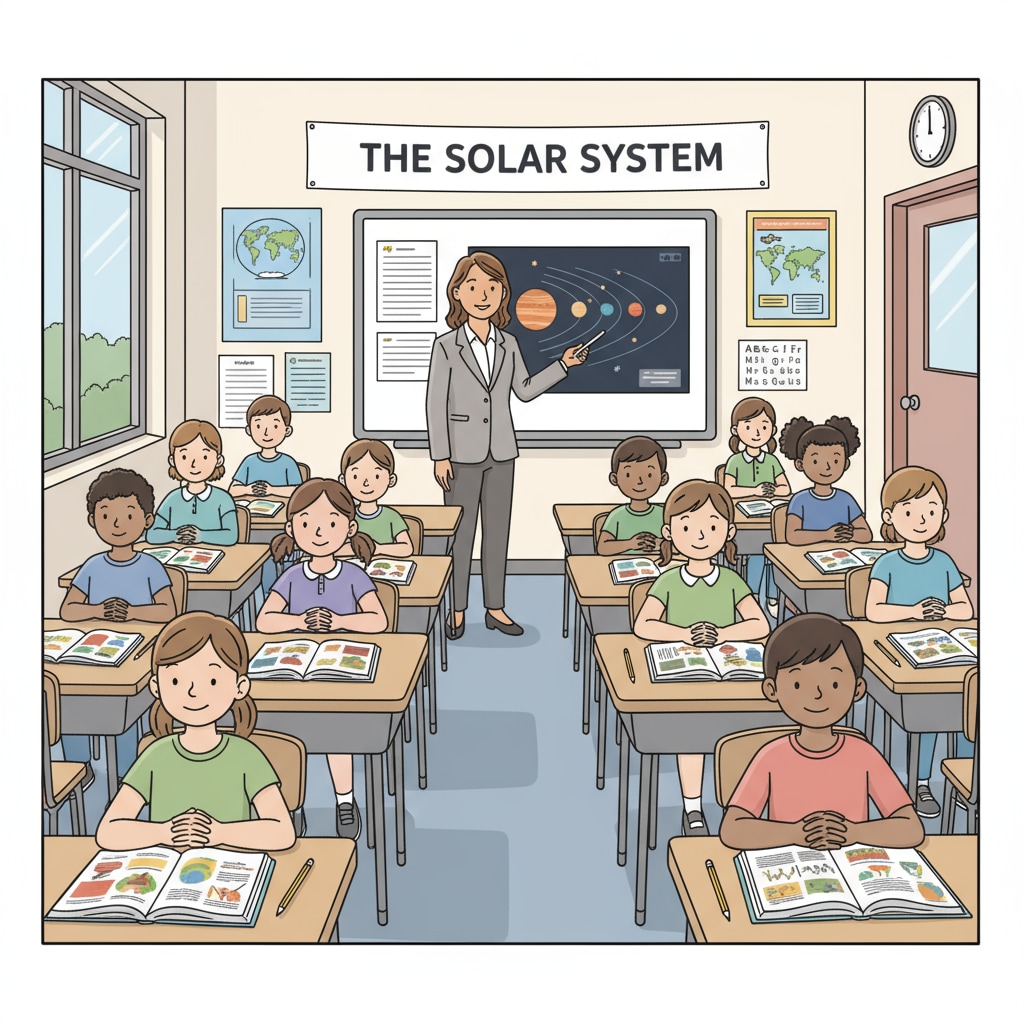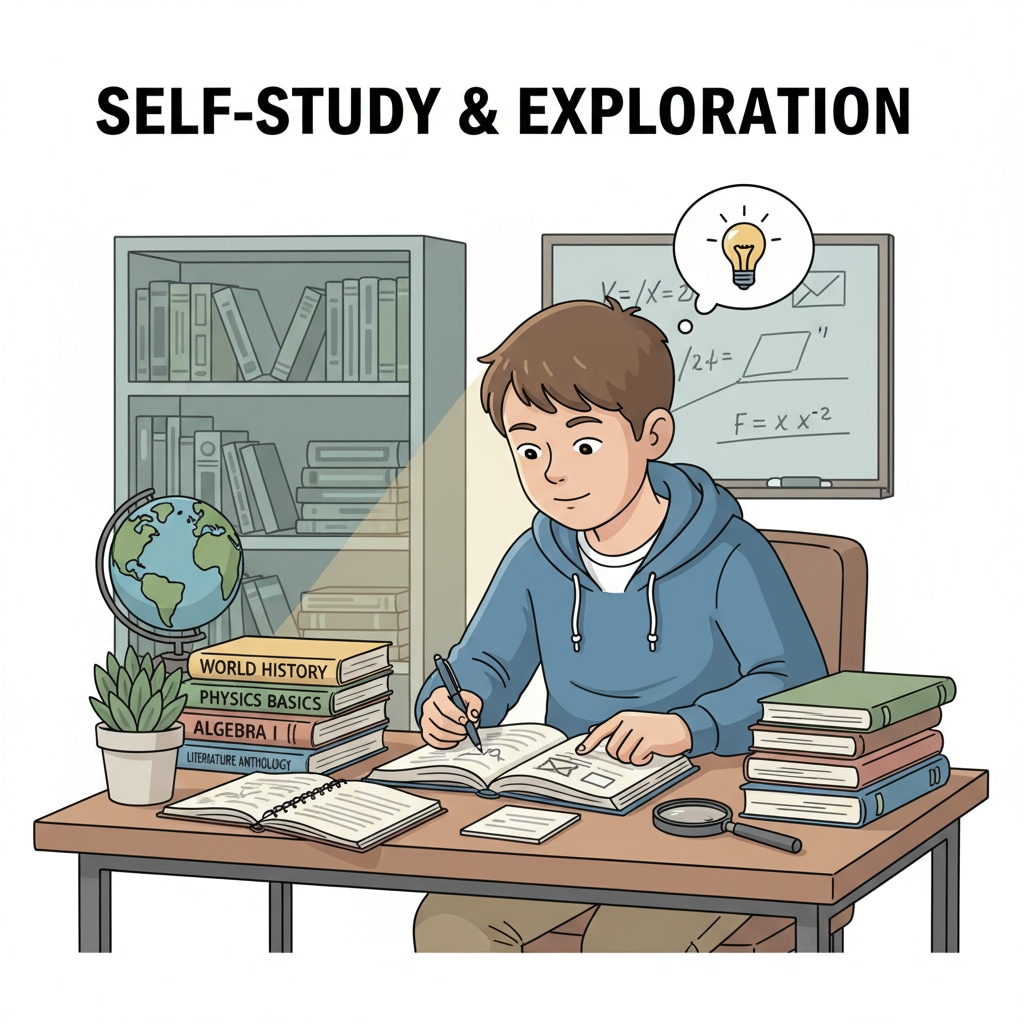Lectures, attention, and self-study are crucial elements in K12 education. In the journey of learning, students often encounter different learning methods, with classroom lectures and self-study being two prominent ones. Each has its own characteristics, which we will explore in depth.

The Value of Classroom Lectures
Classroom lectures are a traditional and widely used teaching method. Teachers can convey a large amount of knowledge in a structured way. For example, in a history lecture, teachers can present historical events in chronological order, helping students build a complete knowledge framework. This not only saves students time in gathering information but also ensures the accuracy and integrity of the knowledge. Lecture method on Wikipedia
In addition, lectures can also enhance students’ attention. In a classroom environment, students are required to focus on the teacher’s explanations. The interactive elements in lectures, such as questions and discussions, can further engage students and keep their attention high.
The Power of Self-Study
Self-study, on the other hand, allows students to take control of their learning pace. They can explore topics that interest them in greater detail. For instance, a student interested in astronomy can spend more time reading relevant books and researching online. This way, they can delve deeper into the subject matter according to their own curiosity. Self-education on Britannica

Self-study also helps cultivate students’ self-discipline and independence. Without the direct supervision of teachers, students need to manage their time effectively and stay focused. This process of self-regulation is essential for their long-term development.
However, both methods have their drawbacks. Lectures may not be able to meet the individual needs of every student. Some students may find it difficult to keep up with the pace, while others may get bored. Self-study, too, can be challenging. Students may lack guidance and may not know where to start or how to structure their learning.
To find the best learning approach, students should consider their learning styles. Visual learners may benefit more from lectures with visual aids, while auditory learners may prefer listening to the teacher’s explanations. For kinesthetic learners, hands-on activities during self-study could be more effective.
Readability guidance: As we’ve seen, both classroom lectures and self-study have their unique advantages and disadvantages. By understanding these and considering personal learning styles, students can better balance lectures, attention, and self-study, and ultimately enhance their learning efficiency in K12 education.


